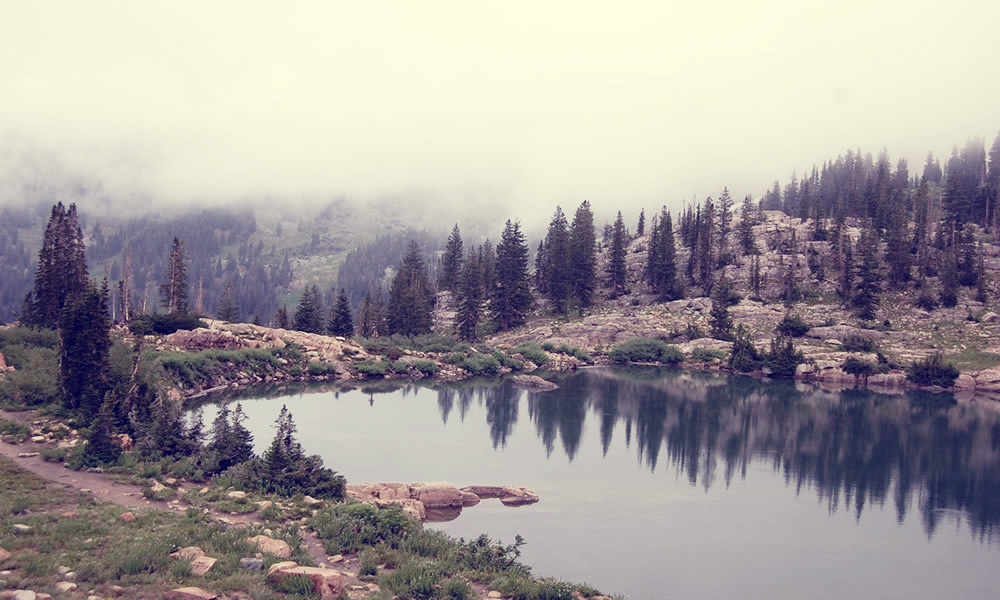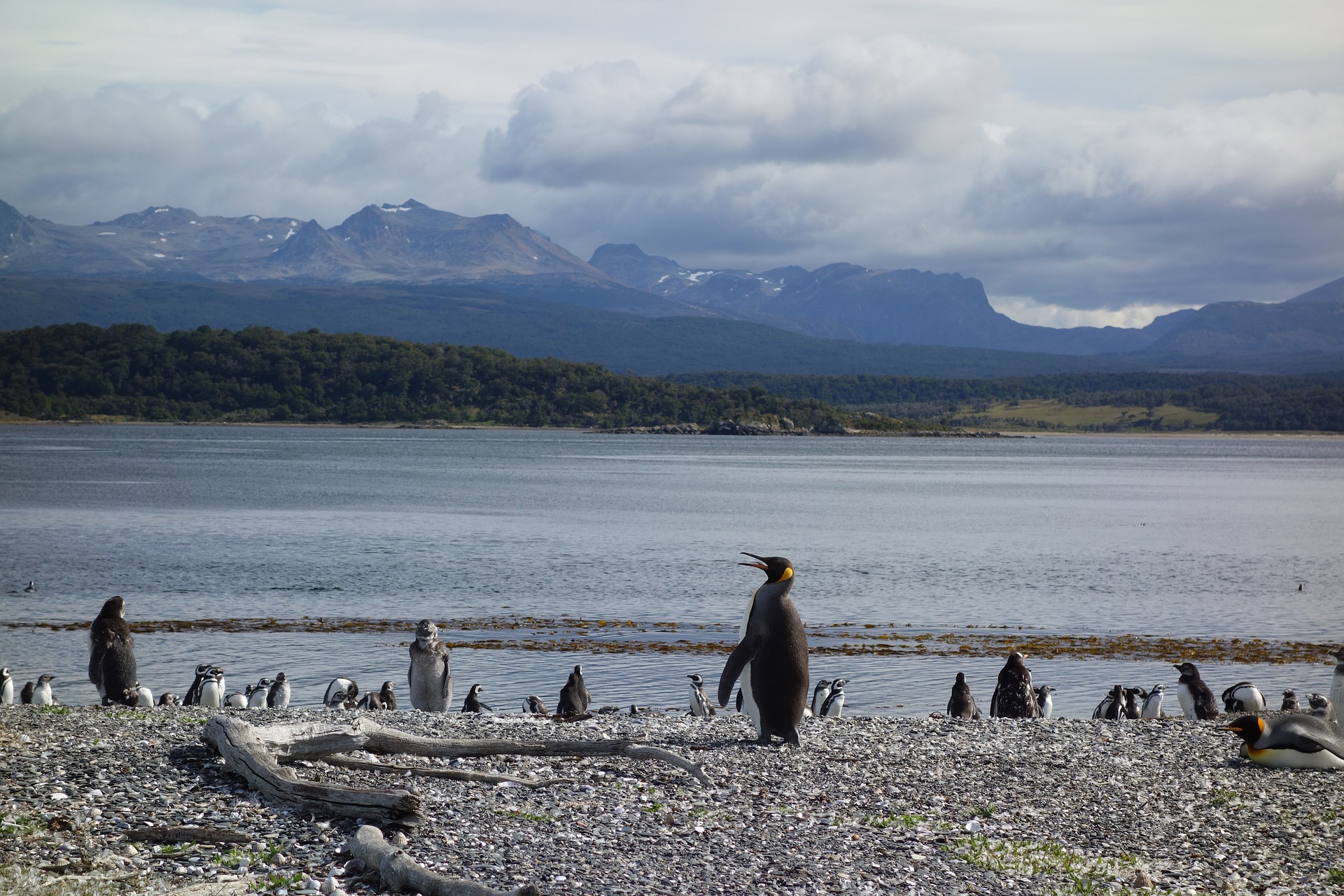Safeguard Your Sojourn: Navigating Patagonia Safely, Alone or in a Group
The breathtaking landscapes of Patagonia, stretching across Argentina and Chile at the southernmost tip of South America, have long been an alluring destination for globe-trotters. Its vast glaciers, towering mountain ranges, and diverse wildlife offer a truly unique experience. However, the rugged wilderness of Patagonia also presents its own set of challenges that require careful planning and caution. Whether you’re a solo adventurer or part of a group, here are some indispensable tips to ensure your safety while exploring the captivating expanse of Patagonia.
Be Proactive with Planning
Embarking on a journey to Patagonia isn’t something to be done on a whim. Extensive research and meticulous planning are critical to ensuring a safe and enjoyable trip. Understand the geography, climate, and potential hazards of the region. If hiking is on your agenda, familiarize yourself with trail maps, difficulty levels, and necessary equipment. Even if you’re an experienced hiker, don’t underestimate Patagonia’s challenging terrains.
Weather the Storms
Patagonia is notorious for its unpredictable weather. A bright, sunny day can swiftly transform into a stormy spectacle. It’s essential to check weather forecasts regularly, pack clothes suitable for all conditions, and be prepared to alter your plans if necessary. Remember, the beautiful vistas aren’t worth risking your safety.
Stay Connected and Informed
While Patagonia’s remote wilderness is part of its charm, it’s crucial to stay connected. Ensure your mobile phone is charged and equipped with a local SIM card for emergencies. Download offline maps, share your itinerary with friends or family, and consider using GPS tracking devices. If you’re a solo traveler, hiring a local guide or joining an organized tour can provide additional safety.
Prioritize Health and Fitness
The physical exertion of trekking across Patagonia’s rough terrains can take a toll on your health. Ensure you’re in good physical condition before embarking on your journey. Stay hydrated, eat nutritious meals, and rest adequately. Be mindful of symptoms of altitude sickness if you’re climbing to higher elevations. If you have any underlying health conditions, carry necessary medications and know the locations of nearest medical facilities.
Respect Wildlife and Local Cultures
Patagonia’s diverse wildlife is one of its major attractions. However, remember these are wild creatures in their natural habitat. Maintain a respectful distance and never attempt to feed or touch them. Likewise, respect local cultures and traditions, understanding that you are a guest in their homeland.
Leave No Trace
As travelers, we have a responsibility to preserve the pristine beauty of places we visit. Adhere to the ‘Leave No Trace’ principles: dispose of waste properly, minimize campfire impacts, respect wildlife, and avoid damaging natural features. Our conscious efforts can help protect this magnificent wilderness for future explorers.
Conclusion
Exploring Patagonia, whether solo or as part of a group, is an exhilarating experience that promises lasting memories. Its untamed wilderness and sublime landscapes offer a unique escape from the mundane. However, it’s crucial to approach such an adventure with a sense of responsibility and preparedness. By doing so, you can ensure that your Patagonian journey is not only safe and enjoyable but also respectful of the natural environment and local cultures. In the end, a trip to Patagonia isn’t just about the breathtaking sights; it’s about the lessons we learn and the footprints we leave behind.





